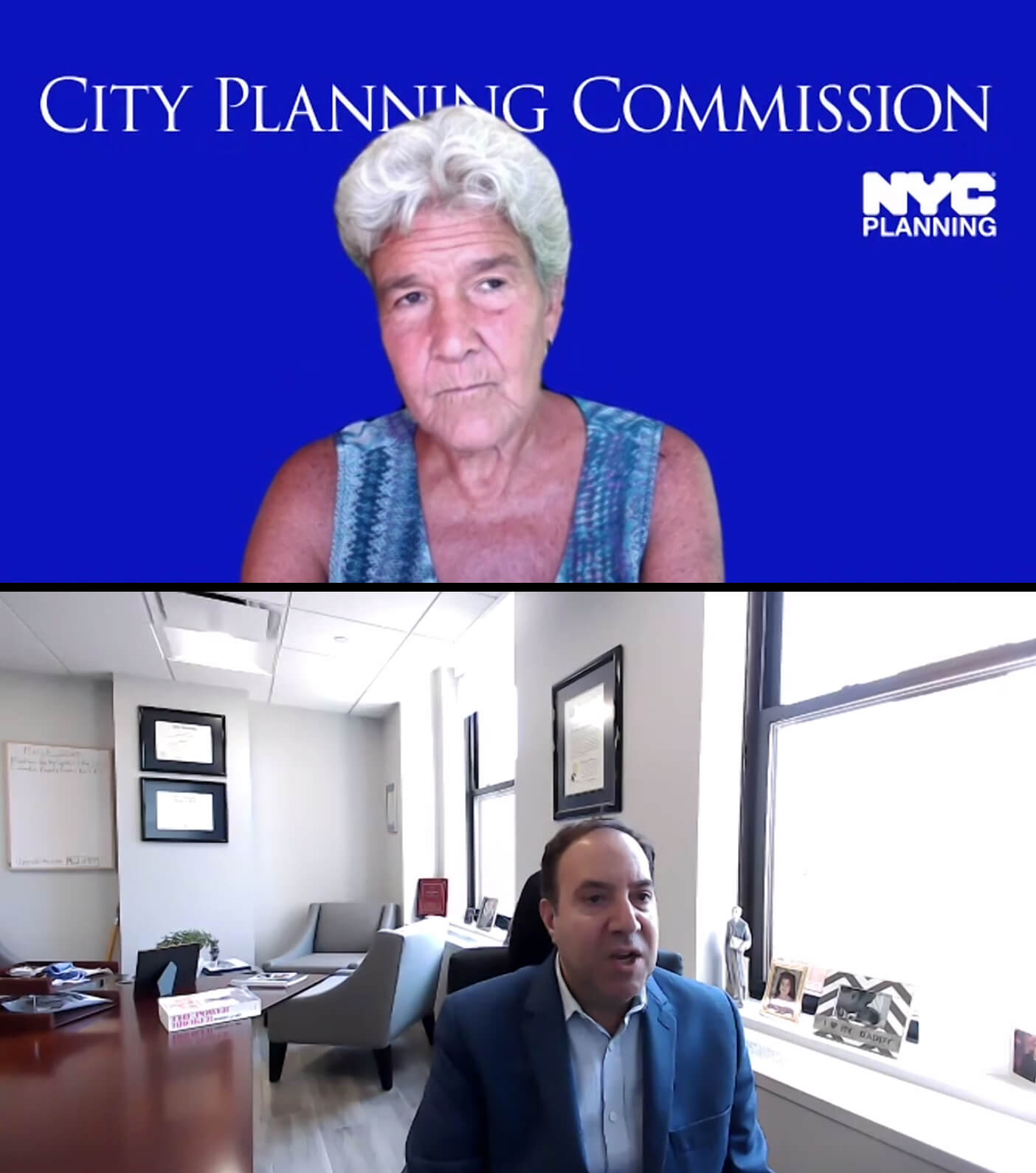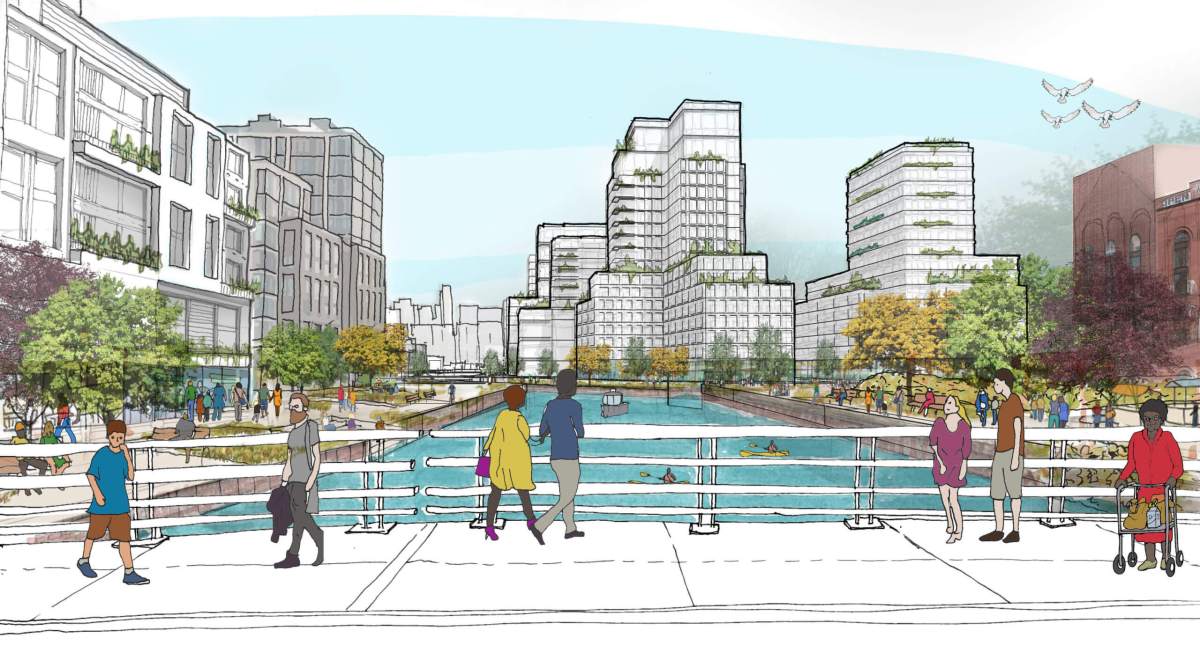The city’s chief planner will push to complete the vast Gowanus rezoning before Mayor Bill de Blasio leaves office and elections shake up the City Council, she said on Wednesday.
“There is so much potential [in Gowanus] for creation of housing and a significant amount of affordable housing, for job generation, for improvements to the public realm, for enhancements to transit, it can be a win all around,” Department of City Planning director Marisa Lago told the head of the New York Building Congress Carlo Scissura on his virtual interview series “Espresso with Carlo.”
With de Blasio leaving office at the beginning of 2022, and 51 of 55 Council members term-limited from seeking reelection in 2021, the sprawling rezoning faces an uncertain future — but Lago said she “would hope” to complete the roughly seven-month Uniform Land Use Review Procedure for the project before a new mayor is sworn in.
The planning honcho said that DCP is currently finalizing an environmental review necessary for the project to get certified into the lengthy public process, without providing a specific date for when she anticipates the procedure to formally start.

ULURP includes purely advisory recommendations from the local community boards and the borough president, along with binding votes from the 13-member City Planning Commission — which Lago also chairs — and the City Council, which usually defers to the area’s local legislators, in this case councilmembers Brad Lander and Steve Levin.
While ULURP applications have been on hold since de Blasio paused the proceedings in March amid the COVID-19 pandemic, city officials plan to restart those processes on Sept. 14.
Scissura voiced his support for the plan, saying that members of the Building Congress were eager for the city to move the rezoning forward — which would open up more jobs for developers and builders, who are looking to take on new projects in years to come.
“[Our members are] not worried about today, they feel like they have enough work right now to get them through it,” he said. “But they’re a little worried about 21’, 22’, 23’ — are we planning for new things that they can work on? And when you talk about what Gowanus rezoning could be, or what Industry City or other things across the city, the pipeline for work in two or three years really is exciting for our memberships, and really for New Yorkers in general.”
Lago’s comments echoed Lander, who has urged the city to move ahead on the Gowanus rezoning, arguing that more time will allow for a more involved process between city officials, residents, and other local stakeholders in the 16 months left in his Council term.
The rezoning would allow for more total development and taller building projects of up to 30 stories in the low-rise industrial and residential neighborhood, which city planners have estimated would bring around 8,200 new housing units to the area by 2035, including some 3,000 below-market-rate homes.
However, some longtime local opponents to the proposal urged officials to pause the Gowanus rezoning until in-person meetings can safely return, so that they and other residents can voice their concerns at the often raucous public input sessions of high-profile ULURPs — a demand endorsed by local Assemblywoman Jo Anne Simon.
This spurred pro-development group Open New York to launch a counter-petition urging the city to move ahead, arguing that Gowanus — which is sandwiched between pricey Carroll Gardens and Park Slope — is in dire need of the proposed below-market-rate housing units.





















